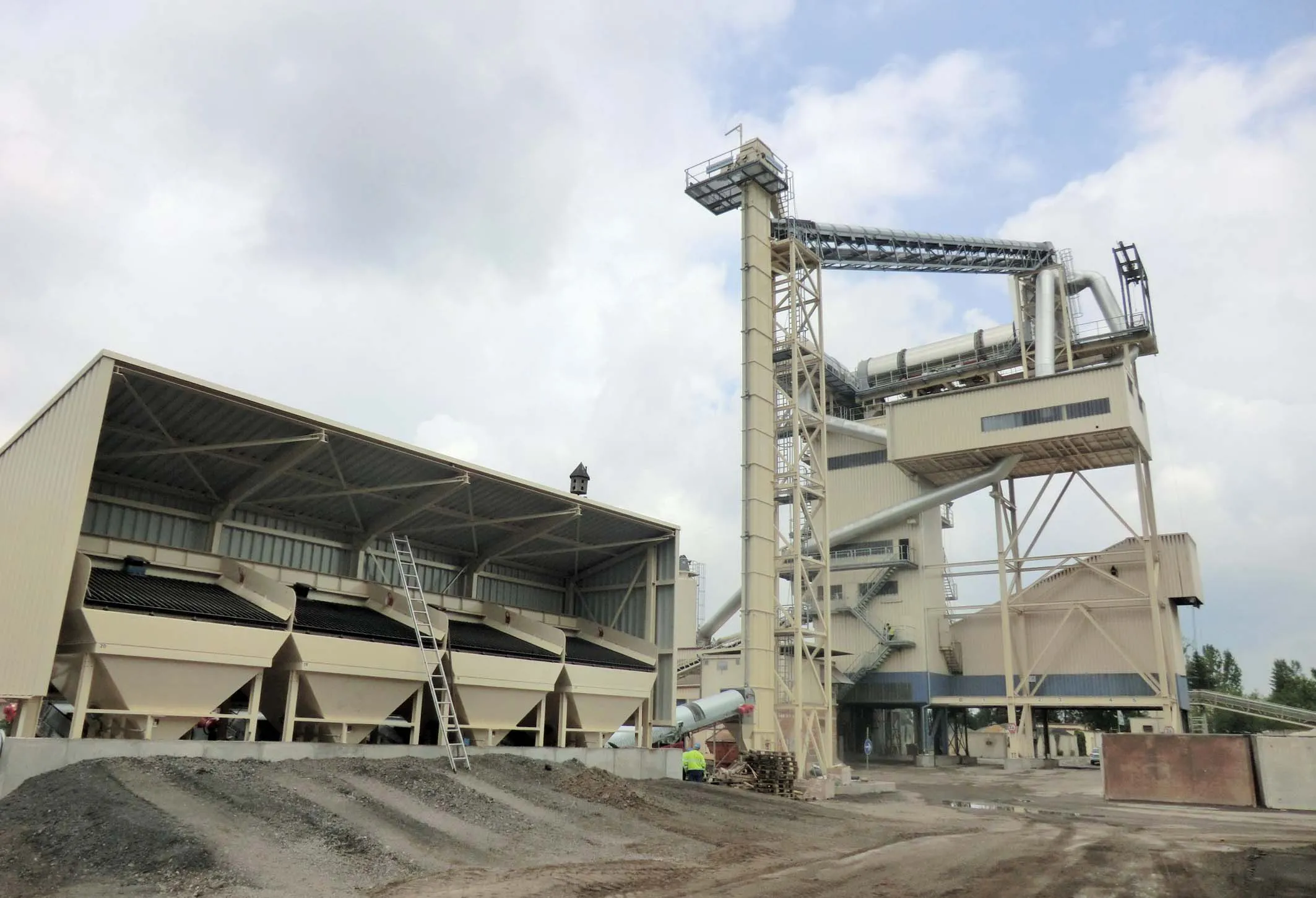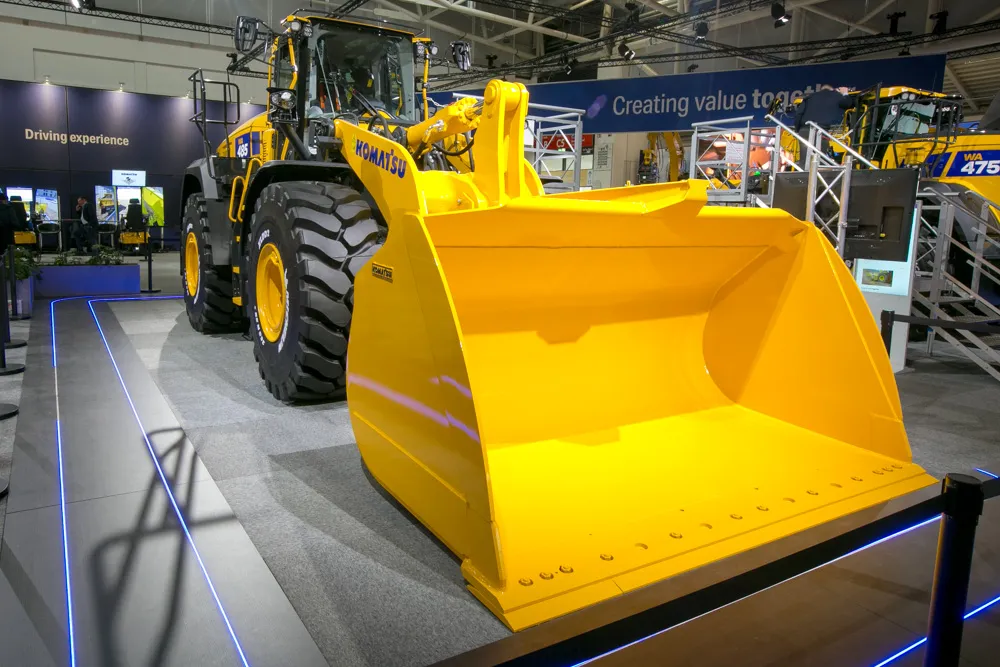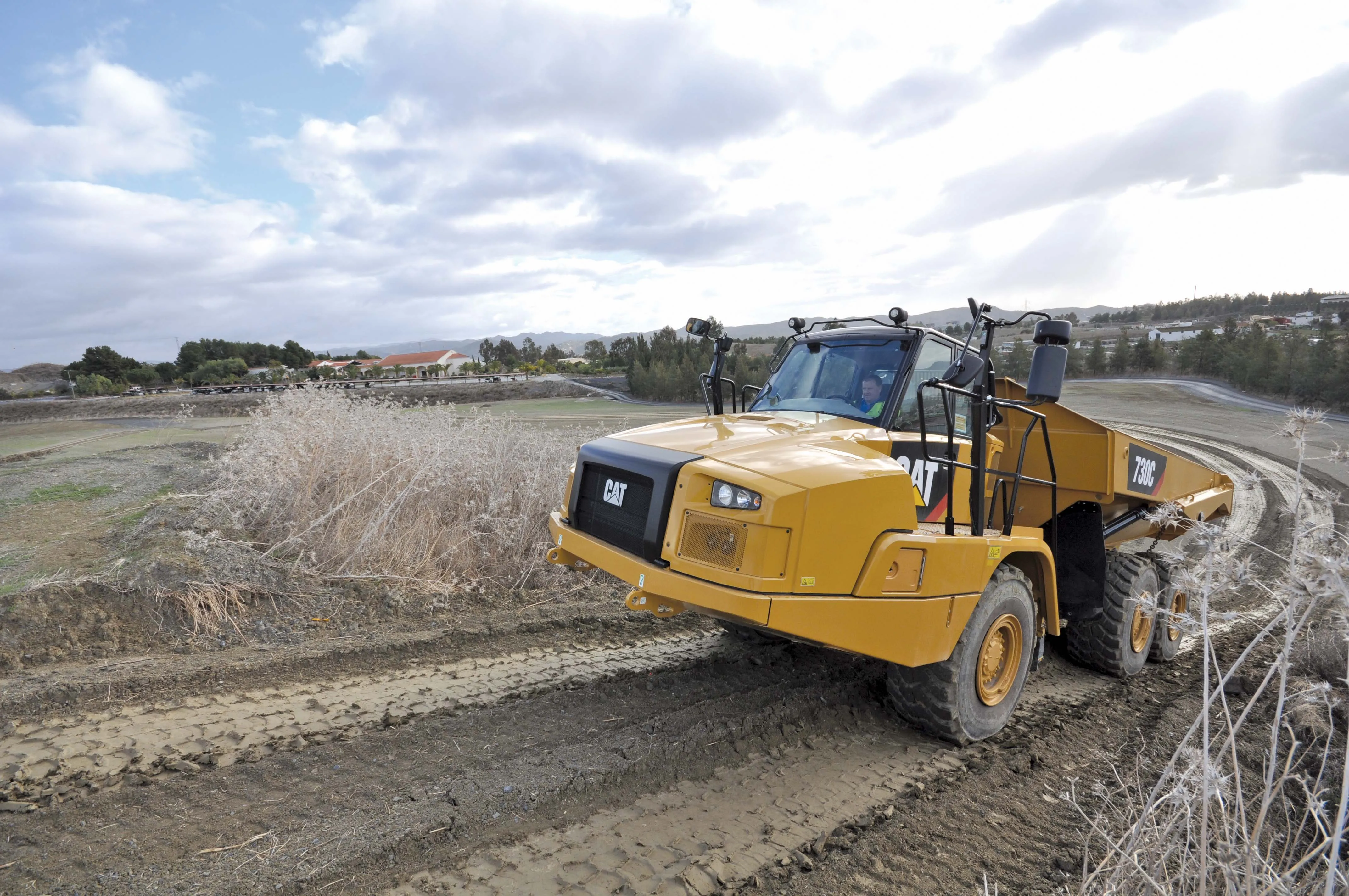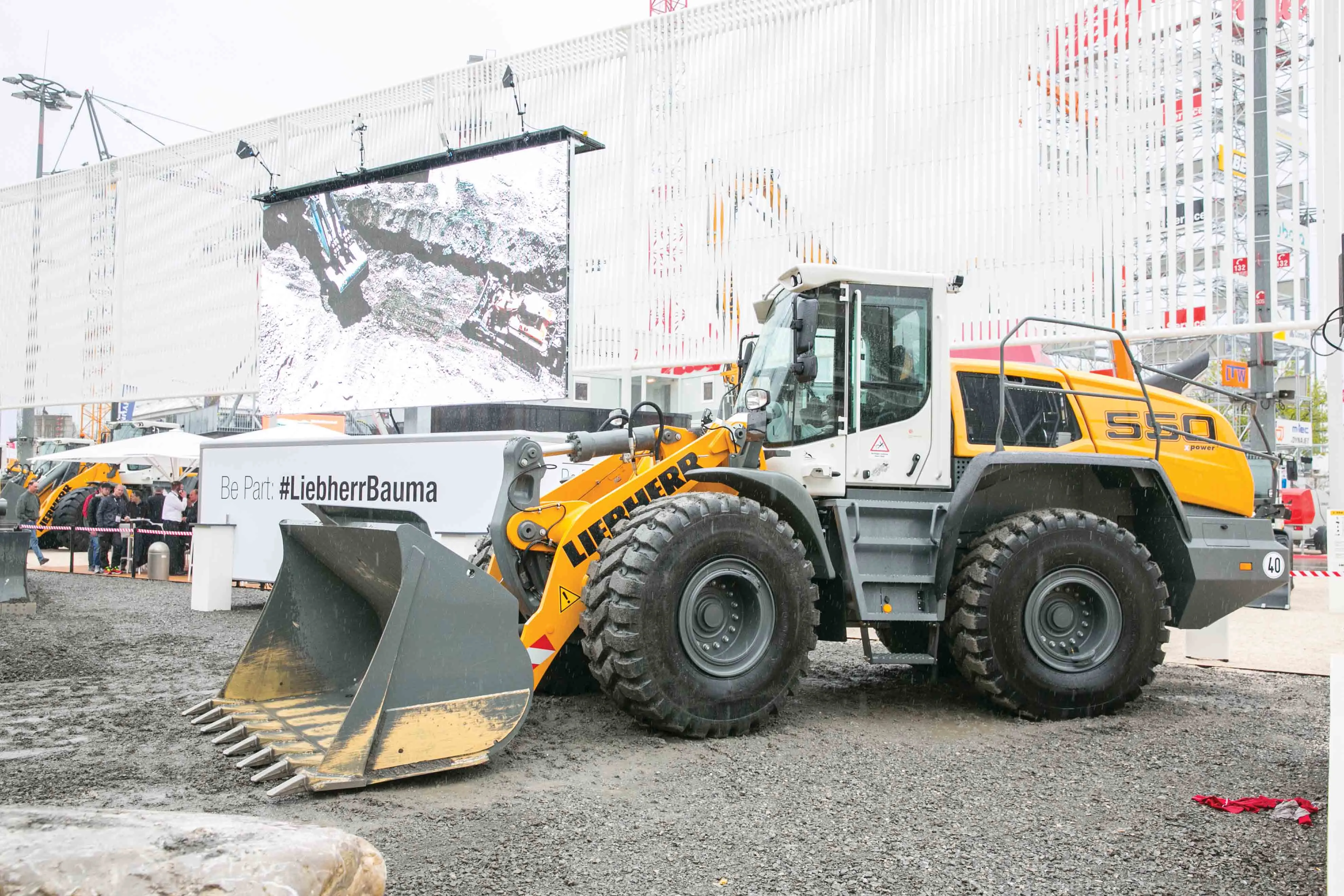A series of key technical innovations are now coming to market that will help boost performance for future electric vehicles.
February 29, 2012
Read time: 2 mins
A series of key technical innovations are now coming to market that will help boost performance for future electric vehicles. 3408 HS Systemtechnik is offering a weight-optimised sheet metal technology that will improve the thermal performance of lithium ion batteries. This is of major importance as good thermal performance optimises battery output , which helps to maximise range. Battery life and performance can be further optimised using air-conditioning technology developed by 3407 Konvekta. This can improve range by up to 40%, using a heat pump to prevent batteries from overheating in summer and keeping them sufficiently warm in winter. A new modular, multi-cell lithium ion battery from MUTE and innovative zinc-air range extending system are said to offer further boosts in performance. From 3406 GETRAG comes the novel two speed powershift transmission called the 2eDCT600, which optimises power delivery from an electric vehicle's motors and boosts both speed and range. Robert 3405 Bosch has a special split axle system that is designed for use in hybrid vehicles and is said to reduce fuel consumption. Meanwhile 3404 Paragon and 3403 Compact Dynamics offers systems that boost the efficiency of battery and motor performance by electronically managing power delivery. Range can be extended using roof-mounted solar array from 3401 Asola Automotive, while 3402 Continental is working on special tyres with reduced rolling resistance to further boost electric vehicle efficiency. Safety is another key issue for electric vehicles, particularly due to their low operating noise and 1657 Delphi has developed a compact and effective sound generator to tackle this issue.









